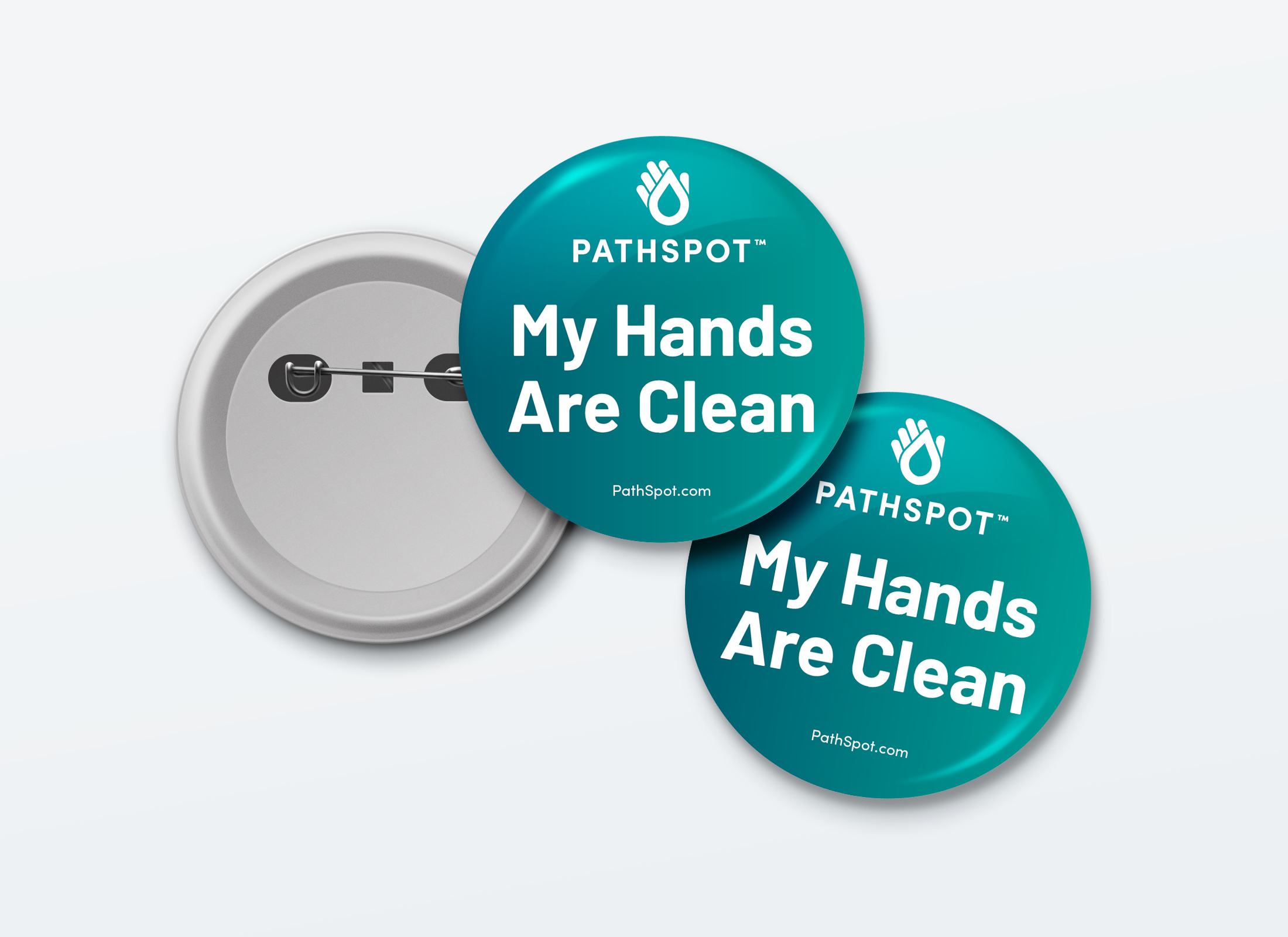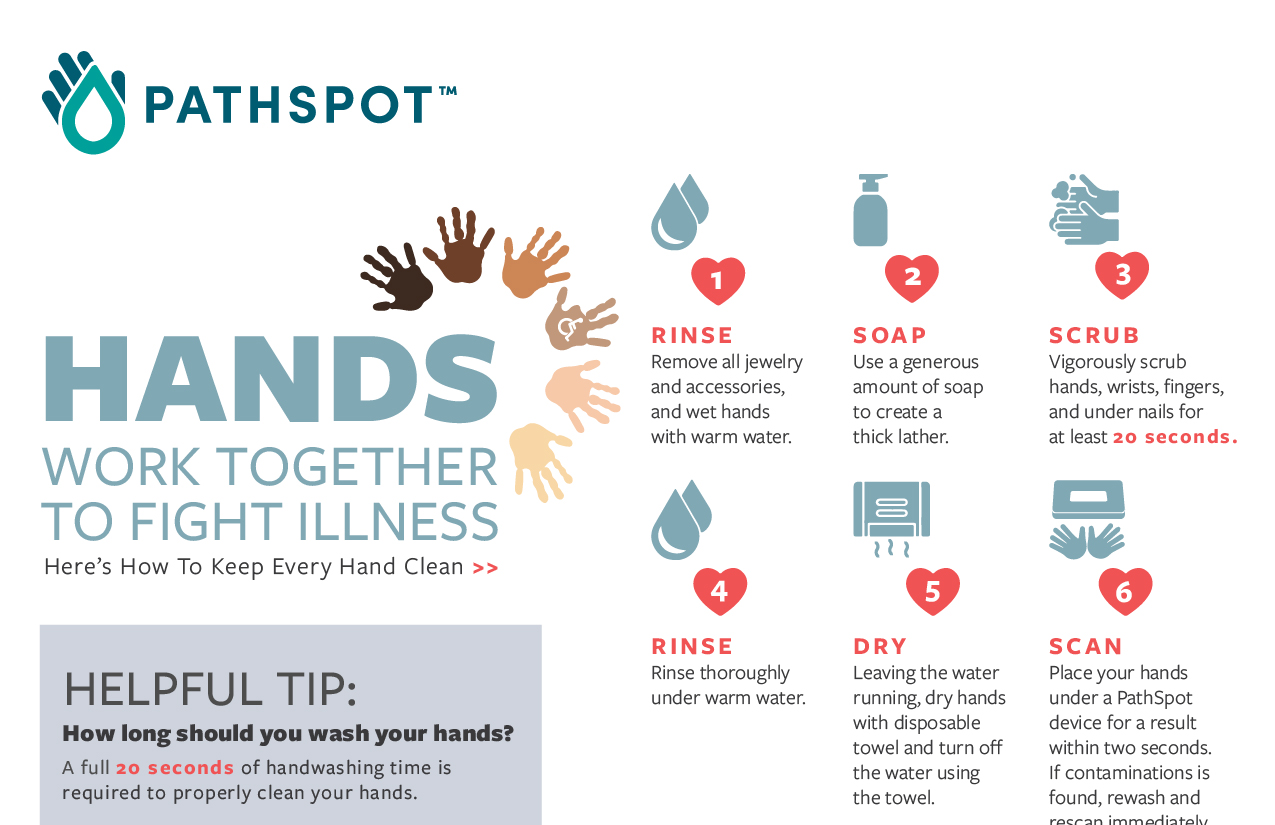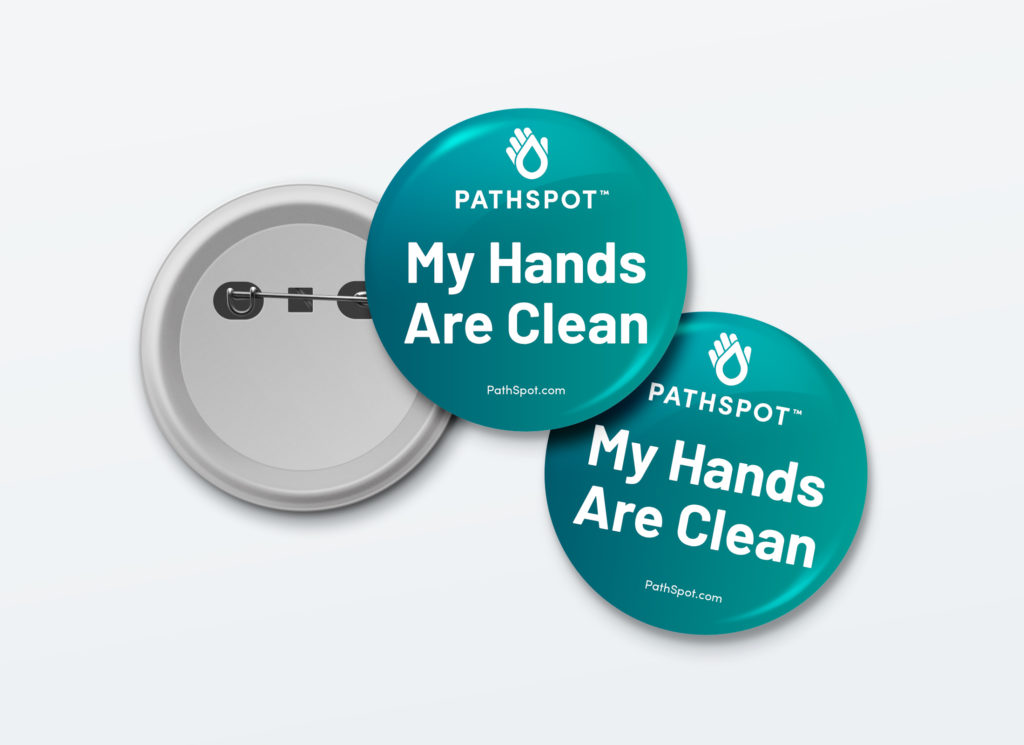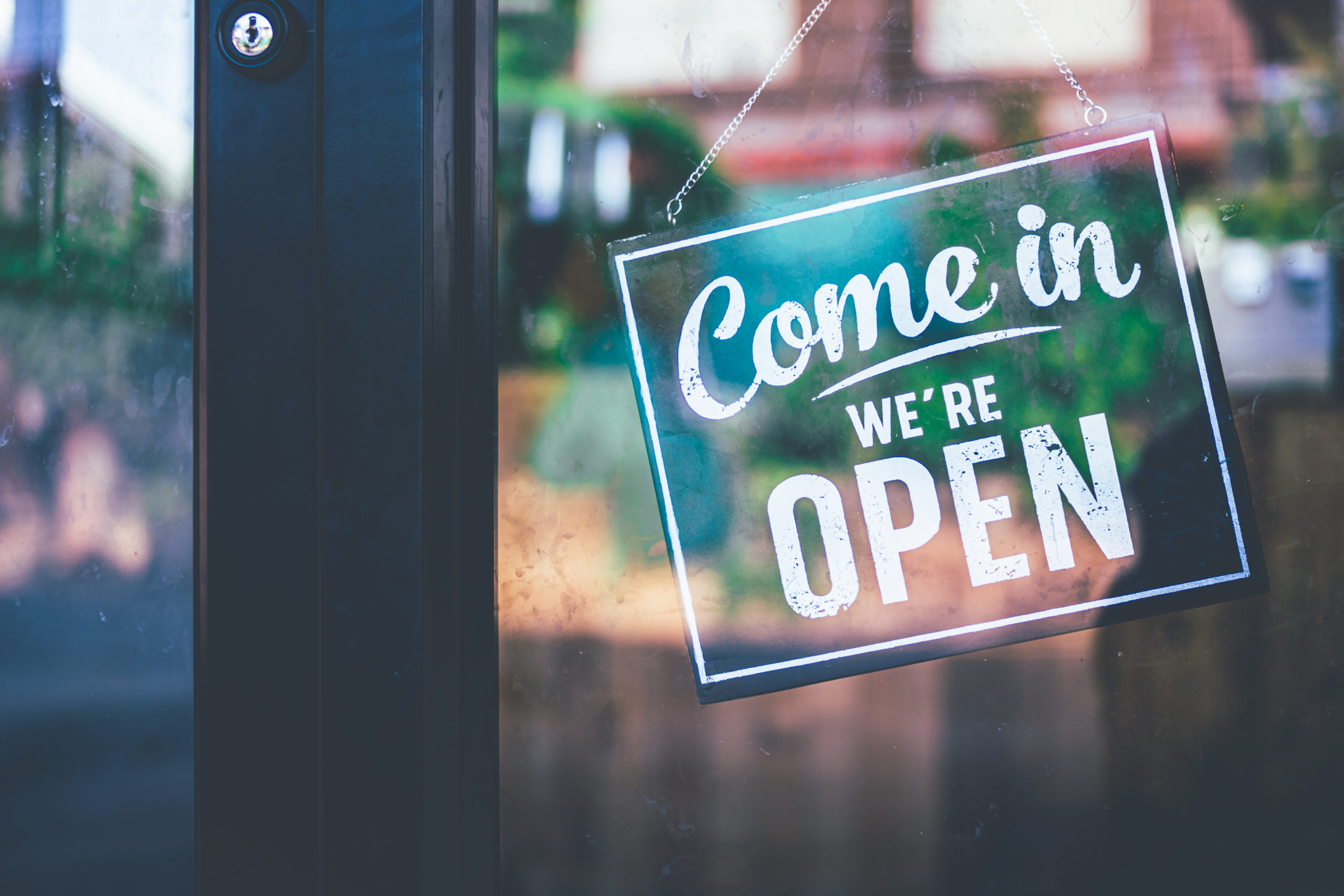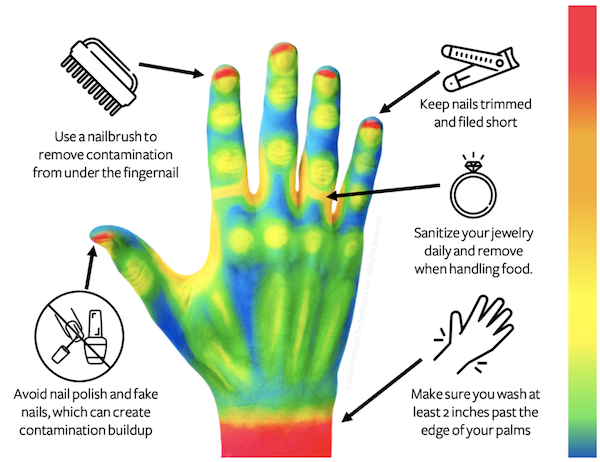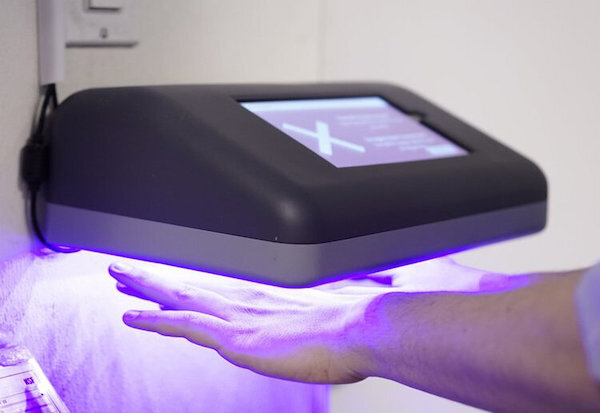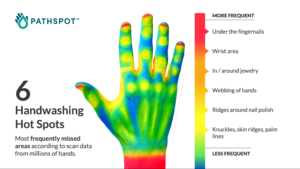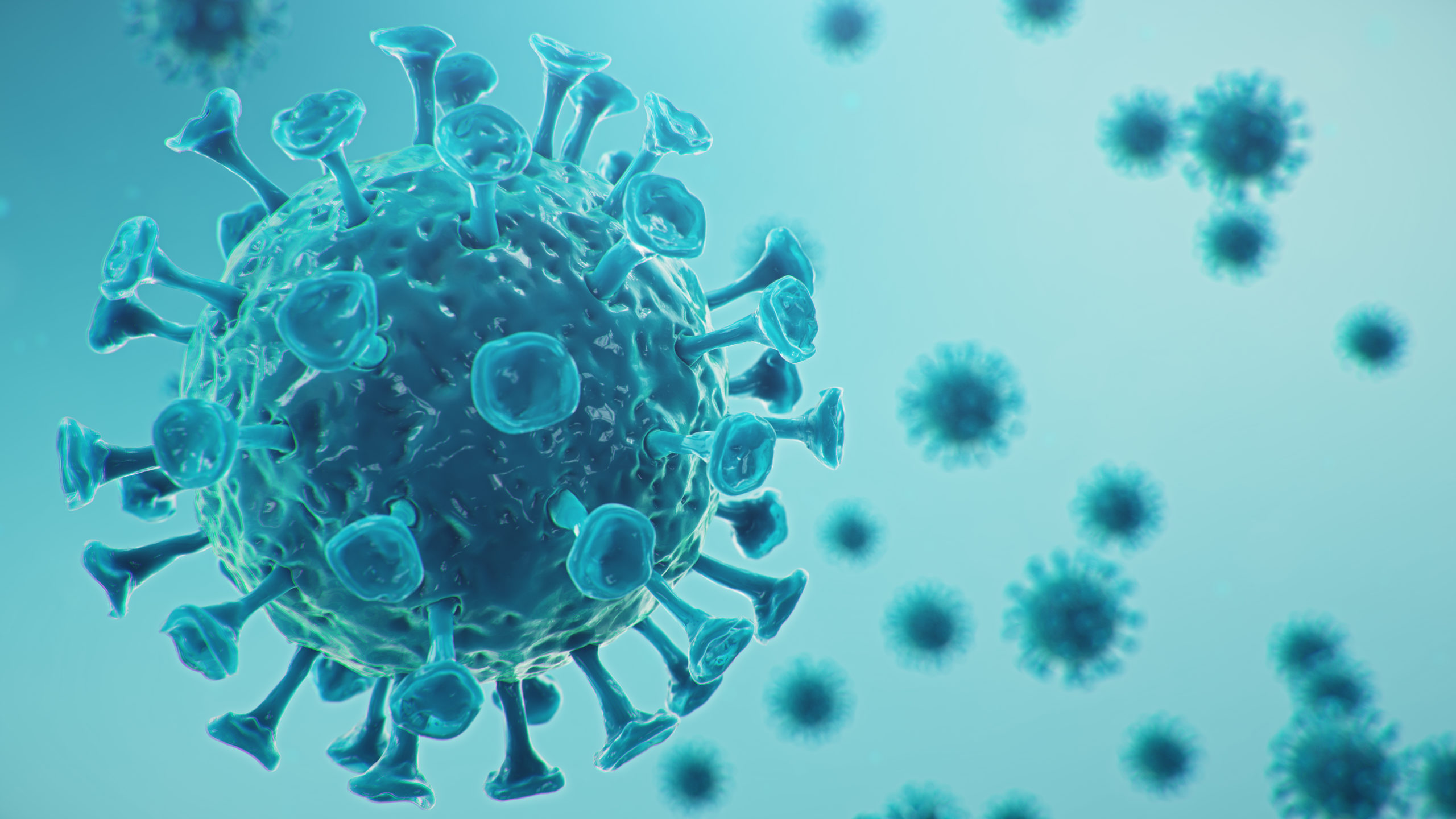As restaurants and bars resume operations across the United States, it’s essential that their operators implement strategies to mitigate risk and keep their employees and customers safe. Though this can evolve into a layered approach, start by encouraging behavior that reduces the spread of COVID-19 in addition to complying with any state or local regulations.
Prevent the Spread of COVID-19 by following the below steps:
- Stay Home When Feeling SickTrain your team on when they should stay home and when they can return to work. This includes encouraging those who are exhibiting symptoms of COVID-19 or have been in close contact with another person who has the virus to stay home and monitor their health.
-
Hand Hygiene: Our favorite of the list! Require your team to wash their hands for a full 20 seconds with soap and water. This is also a good time to make sure your handwashing sinks are accessible and fully functional. Proper hand hygiene is going to be crucial in gaining the trust of your customers. Make sure you’re meeting their demands by tracking and measuring your team’s handwashing habits.
-
Supplies: Support healthy hygiene behaviors by ensuring you have all necessary supplies such as soap, hand sanitizer, paper towels, tissues, disinfectant wipes, and no touch trash cans.
-
Face Coverings & Social Distancing: Require your staff to wear necessary face coverings and consider using physical markers, such as tape or partitions, to encourage a 6-foot distance between people at all times. Face coverings are most important when physical distancing is difficult.
-
Signage: Post signs in visible locations to remind your team and customers of protective measures that stop the spread of germs. Download this sign to remind your customers and team of handwashing instructions, commonly missed hotspots while also signaling a safe and inclusive workplace.
For more suggestions on how to handle this uncharted territory, check out these CDC guidelines and this FDA checklist. By implementing practices that minimize risk, you’re not only protecting your customers, but also your employees. If you’re interested in learning about how you can increase the frequency and effectiveness of your team’s handwashing, just click the button below.

